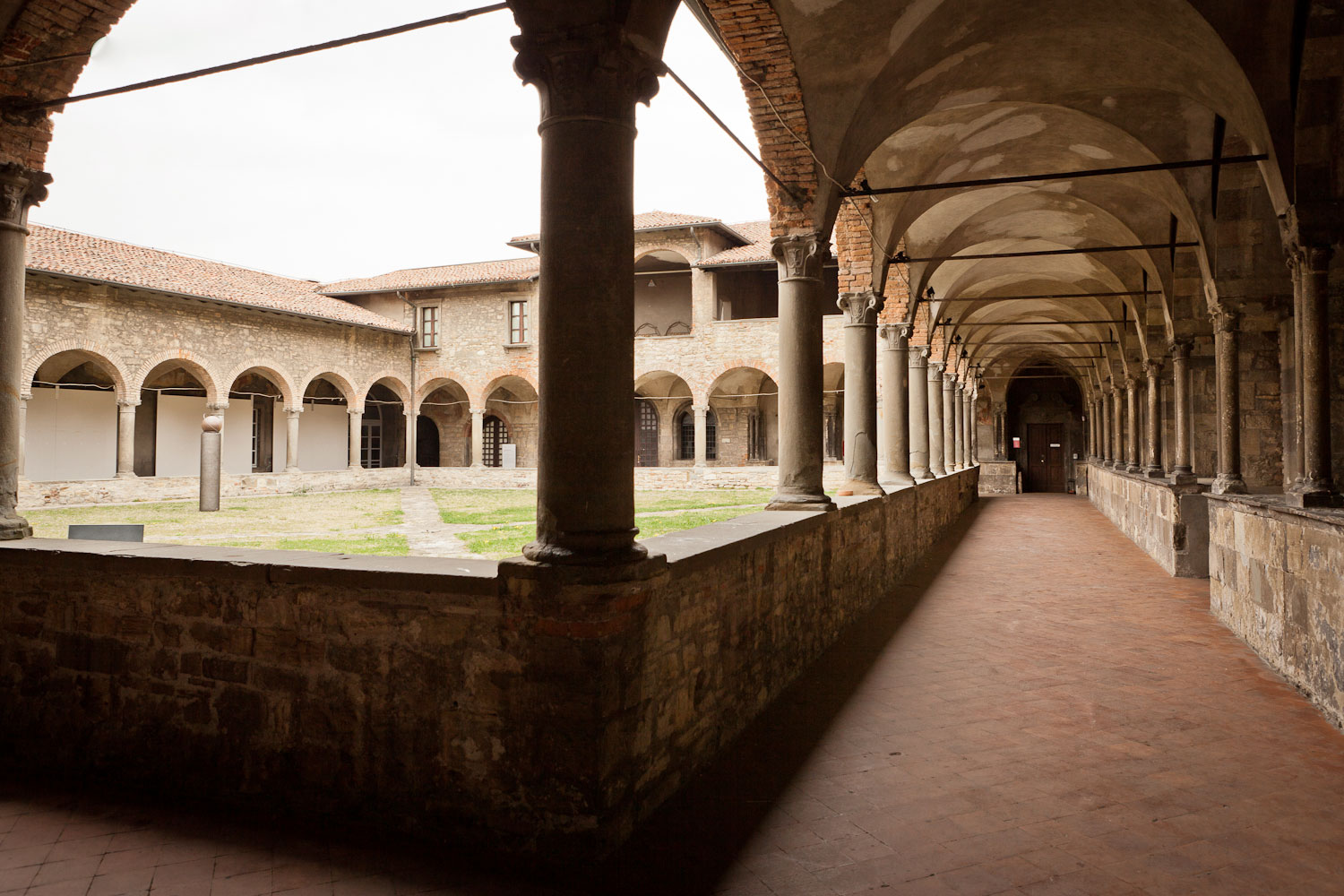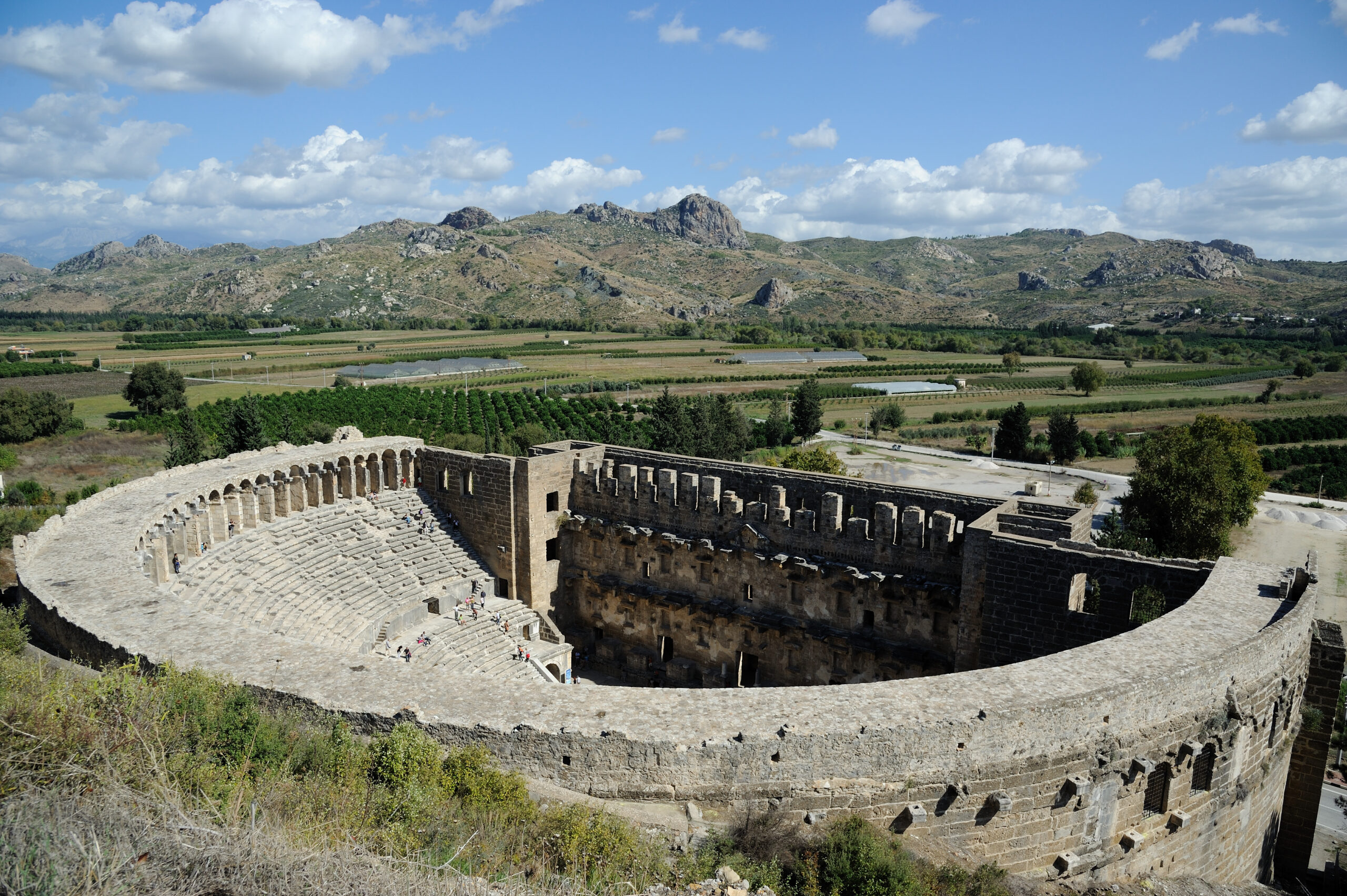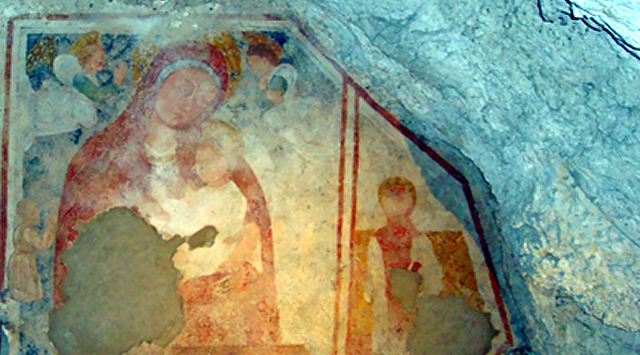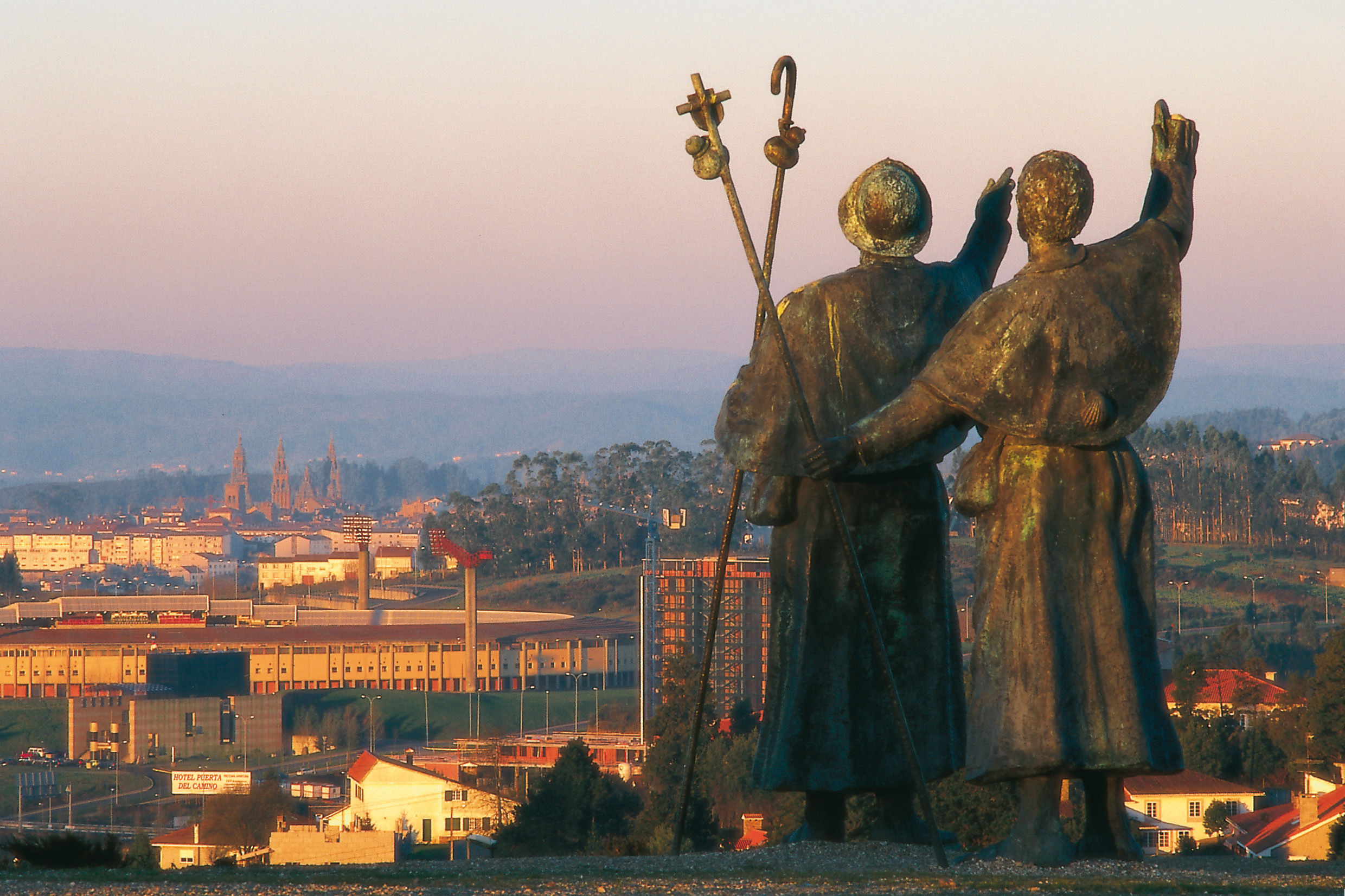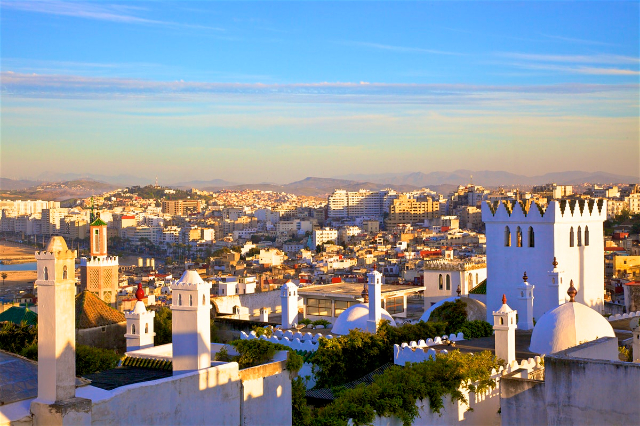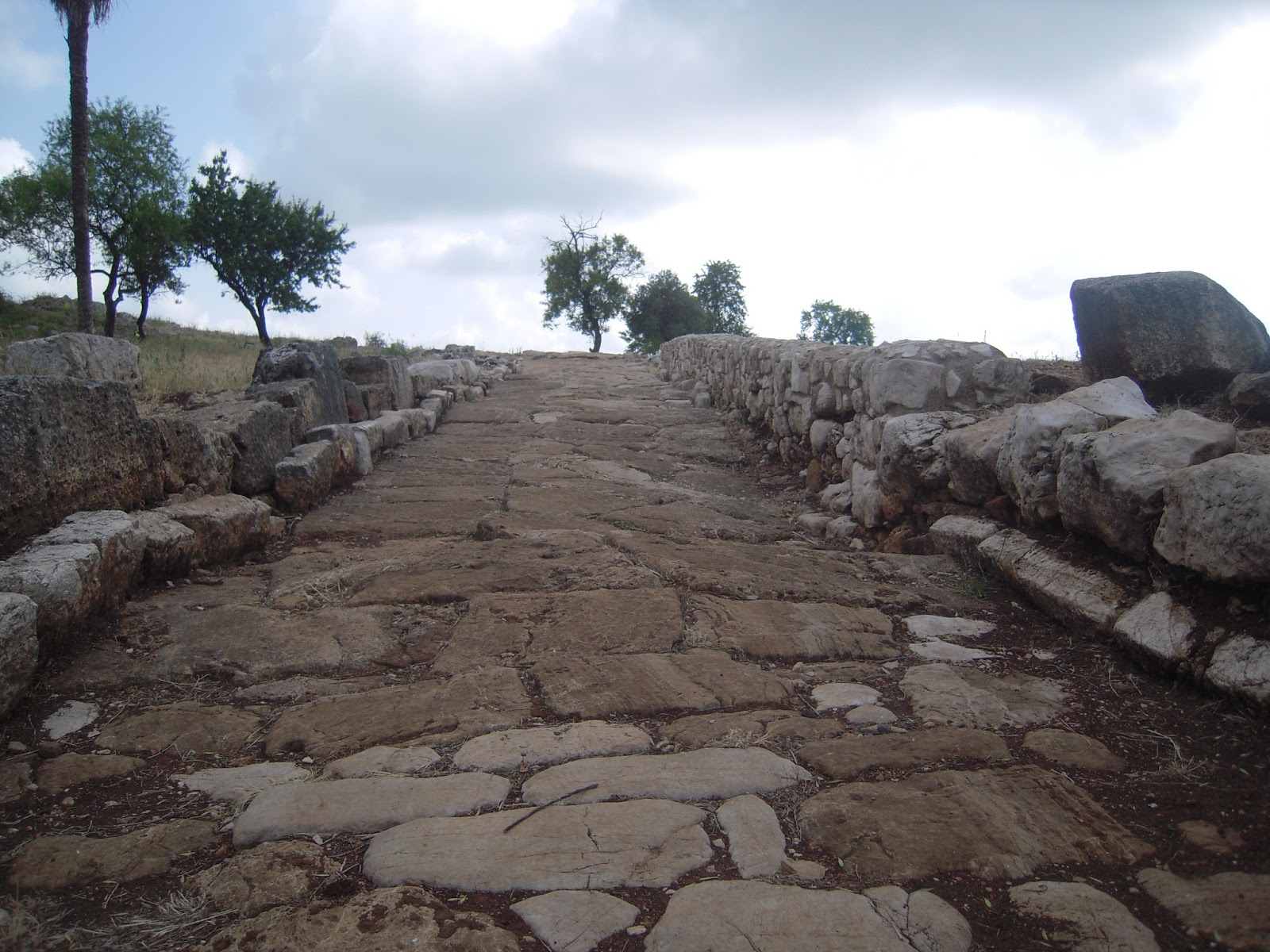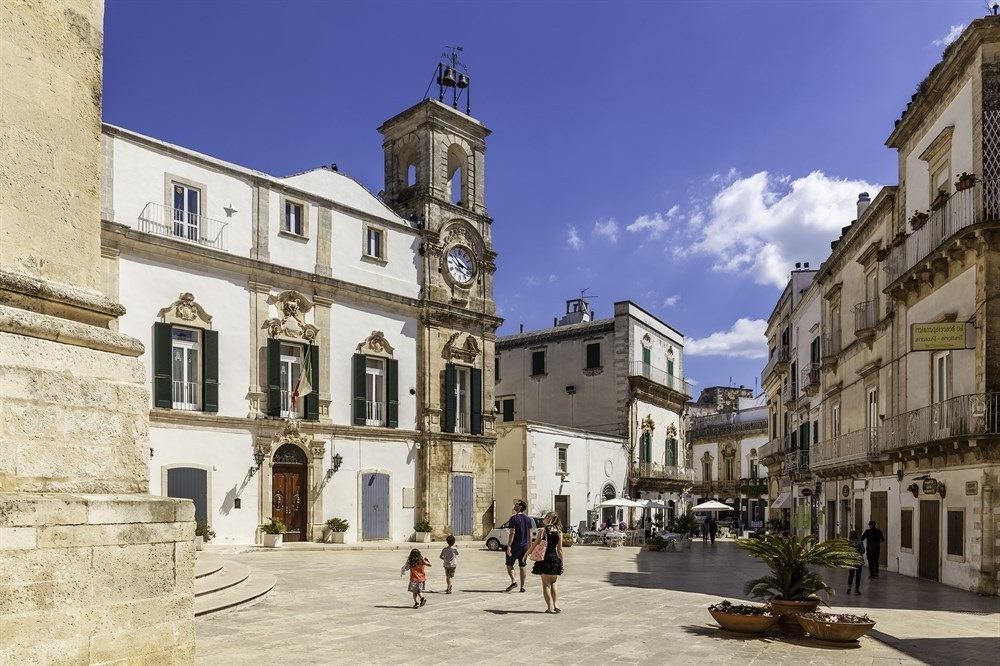Not far from the heart of Città Alta, cross Piazza Mercato del Fieno to discover a valuable example of medieval convent architecture rich in hidden treasures: the cloister of the arches, the cloister of the well and the chapter house reveal the long history of this building with their cycles of frescoes painted between the fourteenth and seventeenth centuries. The panoramic terrace offers an unmissable view: the intersection of the two valleys, Brembana and Seriana.Built between the end of the thirteenth and the beginning of the sixteenth century, the former Convent of St. Francis is a fine example of medieval convent architecture, built around cloisters.
The sources show that the complex was composed as follows: the church of San Francesco, the cloisters (Chiostro delle Arche and cloister of the well) and the three-storey structure including the chapter house, cells, dormitories, refectories, kitchens and infirmary.
Located in the body of the building that divides the two cloisters, the Chapter House, as the word itself says, was the room where the Chapter was held, the assembly of monks. Quadrangular in shape, with a cross vault, the room is characterized by the presence, on the back wall, of the fresco depicting the Crucifixion with St. Jerome and Sorrows, Magdalene and Saint.
To adorn and embellish these rooms, we find numerous frescoes dating back to the fourteenth century and partly still visible today.
Throughout its history, the building did not undergo any particular modifications until it was suppressed in 1797: the modified spaces were used first as a hospital, then as a prison and finally as a prison.
In the thirties of the twentieth century the Convent of San Francesco was restored and, now owned by the municipality, used as a primary school.
Since 1997 the convent has linked its name to the Historical Museum of Bergamo: for five years, until 2003, it housed the 19th century section of the museum, now at the Rocca. It currently houses, in addition to temporary exhibitions, the offices, archives, library and media library.
